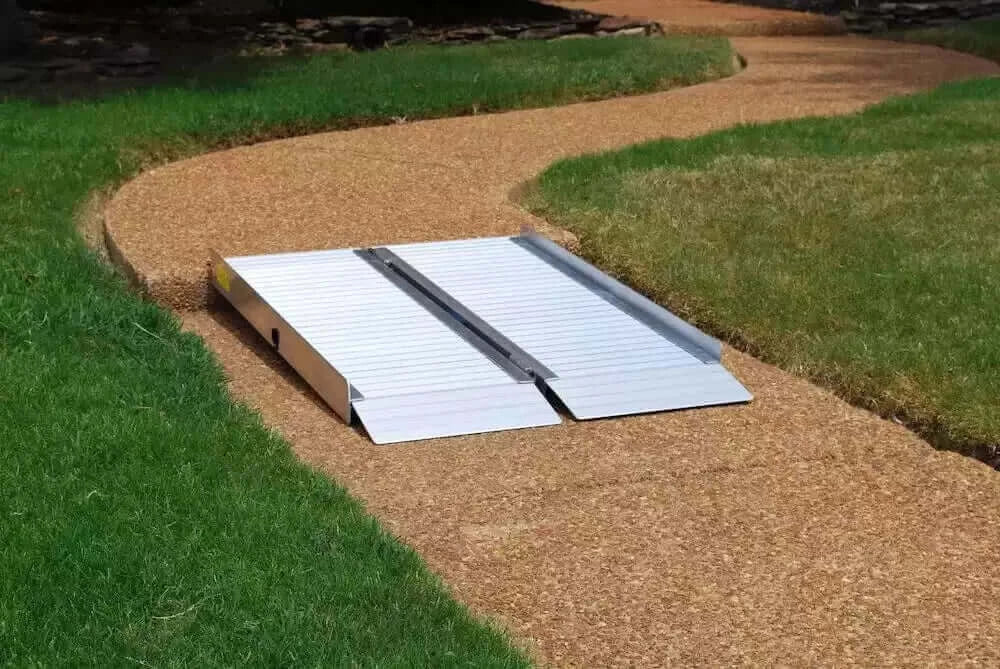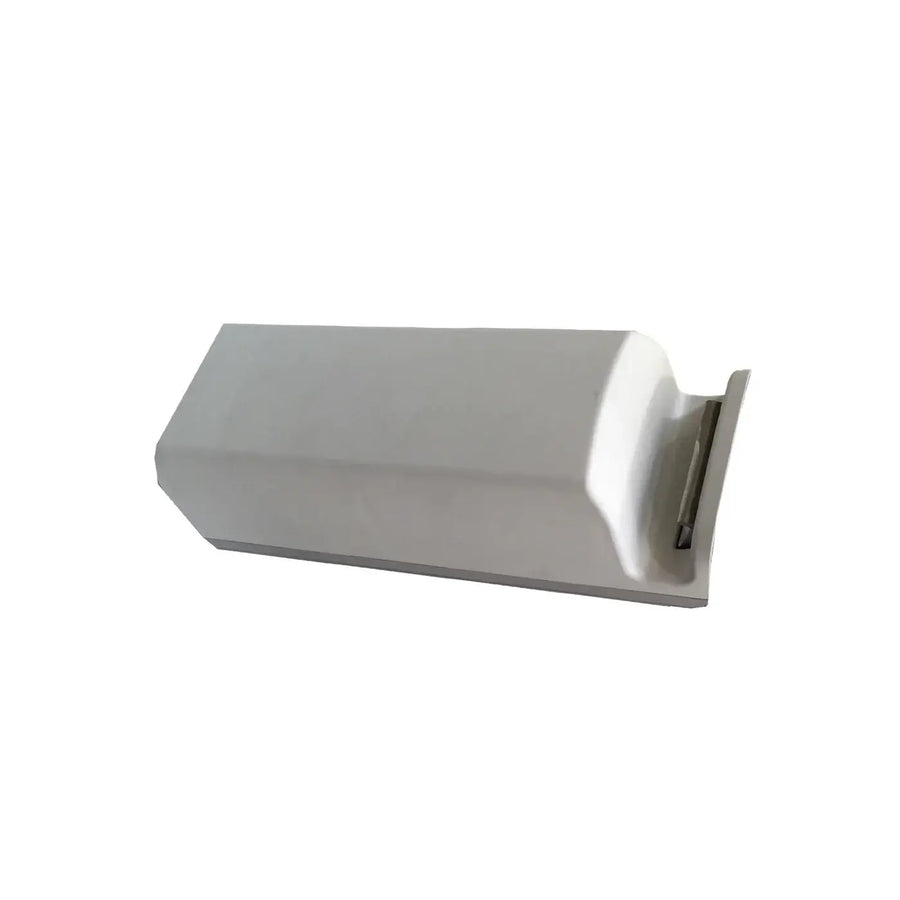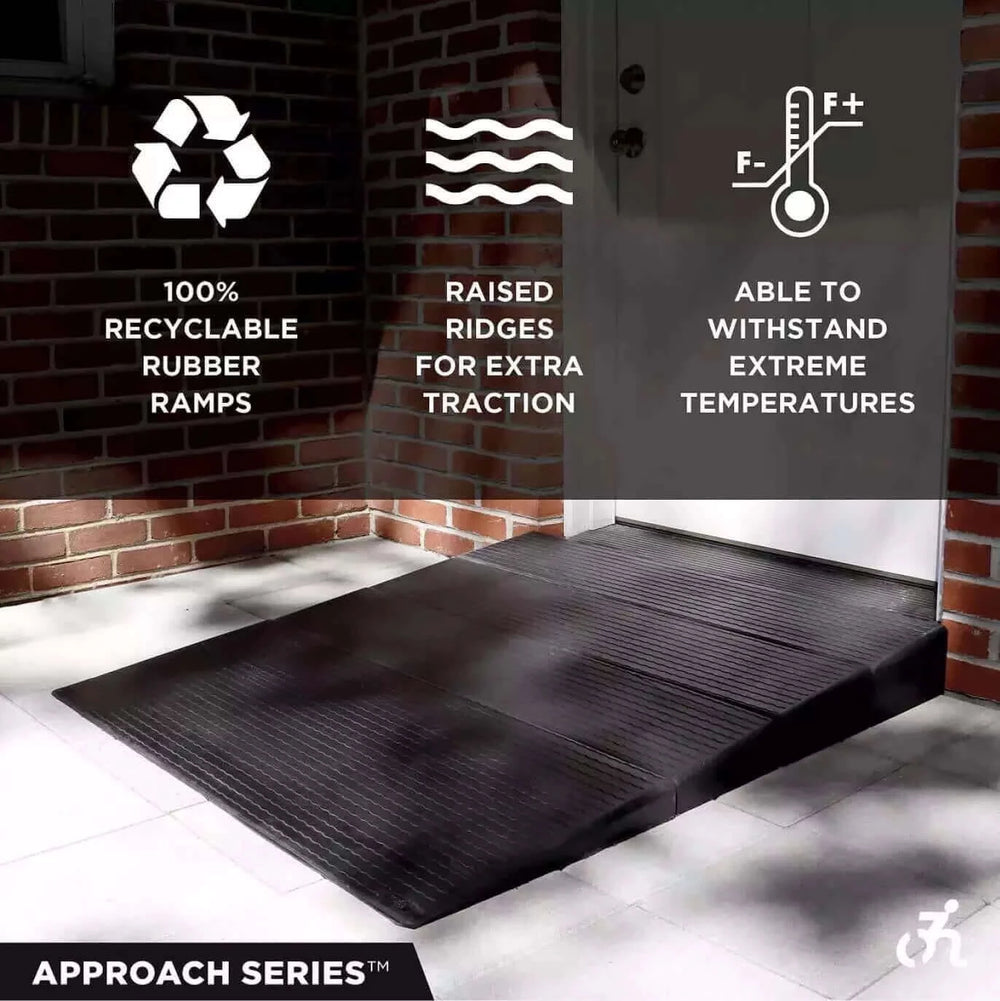The Environmental Benefits of Choosing Rubber Ramps Over Traditional Materials
Introduction to Rubber Ramps
Rubber ramps are an environmentally friendly alternative to traditional materials such as wood or aluminum. They are made from recycled rubber, which helps reduce waste and minimize the impact on the environment. Rubber ramps offer several advantages, including durability, resistance to weather and erosion, and high traction for safety. They are commonly used in various settings, including residential, commercial, and industrial properties. Choosing rubber ramps can contribute to sustainability efforts and promote a greener, cleaner environment.

Environmental impact of traditional materials
Traditional materials like concrete and steel have a significant environmental impact because they require a lot of energy and resources to produce. Concrete production releases a large amount of carbon dioxide into the atmosphere. Steel production also contributes to carbon emissions and requires substantial amounts of water and energy. Additionally, both materials create a large amount of waste during the construction process.
Advantages of rubber ramps
Rubber ramps offer several advantages over traditional materials. They are durable, versatile, and eco-friendly. With their non-slip surface, they provide safe access for wheelchair users and those with mobility challenges. Rubber ramps are also weather-resistant, making them suitable for outdoor use in all seasons. Additionally, their low maintenance requirements and long lifespan make them a cost-effective and sustainable choice for accessibility solutions.
Sustainability of rubber ramps
Rubber ramps are an environmentally friendly choice compared to traditional materials. They are made from recycled rubber, which helps reduce waste and promotes sustainability. Additionally, the production of rubber ramps has a lower environmental impact compared to the manufacturing of traditional materials like concrete or steel. By choosing rubber ramps, you can contribute to the conservation of natural resources and reduce the carbon footprint associated with construction projects.
Reduction of waste and energy consumption
By choosing rubber ramps over traditional materials, you can significantly reduce waste and energy consumption. Rubber ramps are often made from recycled materials, which helps to decrease the amount of waste in landfills. Additionally, the manufacturing process for rubber ramps consumes less energy compared to traditional materials, making them a more environmentally friendly option.
Rubber ramps and carbon footprint
Rubber ramps are an eco-friendly alternative to traditional materials. They are made from recycled rubber, which helps reduce the overall carbon footprint. Additionally, the production process of rubber ramps consumes less energy and emits fewer greenhouse gases compared to traditional materials like concrete or metal. By choosing rubber ramps, you can contribute to a more sustainable and environmentally friendly solution for your accessibility needs.
Recyclability and reusability of rubber ramps
Rubber ramps are a more environmentally friendly option compared to traditional materials because they are recyclable and reusable. This means that when you no longer need your rubber ramp, it can be recycled to create new products, reducing waste. Additionally, if you decide to relocate or change the layout of your space, you can easily reuse the rubber ramps, minimizing the need to purchase new materials.
Long-term benefits for the environment
Choosing rubber ramps over traditional materials like concrete or metal offers several long-term benefits for the environment. Rubber ramps are often made from recycled materials, reducing the amount of waste sent to landfills and the need for new raw materials. Additionally, the production of rubber ramps typically has a lower carbon footprint compared to traditional materials, contributing to lower greenhouse gas emissions. Furthermore, rubber ramps are durable and long-lasting, reducing the need for frequent replacements and further decreasing the environmental impact. By opting for rubber ramps, individuals and businesses can play a role in promoting sustainability and minimizing their carbon footprint.
Comparison of maintenance and lifespan
Rubber ramps have a longer lifespan compared to traditional materials like concrete or metal. They require minimal maintenance, which reduces the overall cost of ownership. Unlike concrete ramps, rubber ramps do not crack, chip, or corrode, making them a more durable and sustainable option. Additionally, rubber ramps are easier to clean and maintain, saving you time and effort in the long run.
Conclusion: Making an eco-friendly choice with rubber ramps
When choosing rubber ramps over traditional materials, you are making an eco-friendly choice that has several environmental benefits:
- Sustainability: Rubber ramps are often made from recycled materials, reducing the need for new resources and contributing to a more sustainable future.
- Reduced Carbon Footprint: The production process for rubber ramps typically generates fewer carbon emissions compared to traditional materials, helping to lower overall environmental impact.
- Longevity: Rubber ramps are durable and long-lasting, reducing the frequency of replacements and decreasing the amount of waste sent to landfills.
By opting for rubber ramps, you are not only investing in a practical solution for accessibility but also contributing to a greener and more sustainable environment.


















Leave a comment